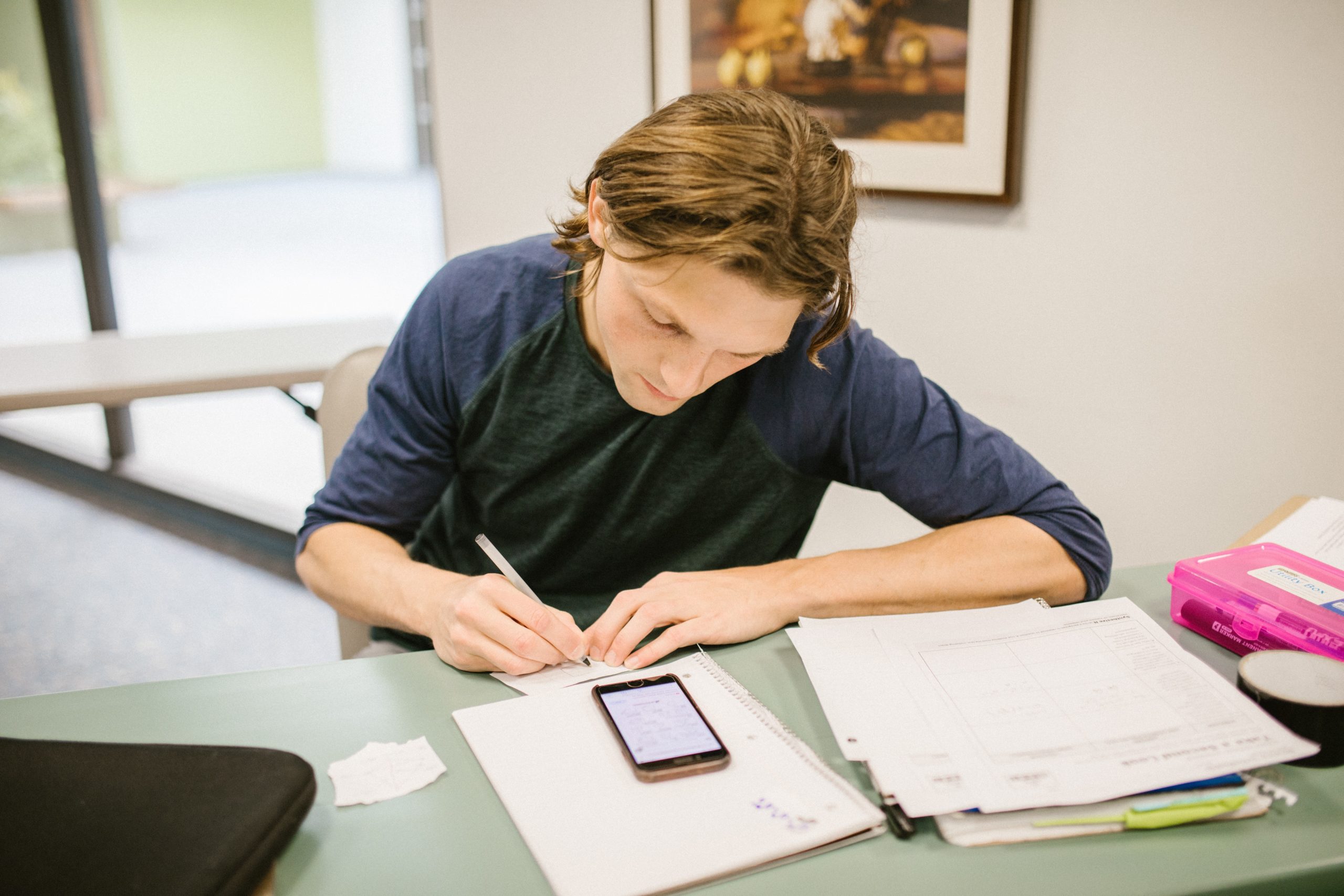By Emily Gipson
Many university faculty gave comment in The rising debate of AI usage expressing a sentiment of frustration at the potential rise in academic dishonesty as a result of more widespread access to AI tools. The ethics of AI have been considered since Alan Turing created a computer that could crack a cypher more rapidly than the best codebreakers in the 1940’s, and the ethics of AI will continue to be debated long into the future. Focusing the discussion only on AI’s role in academia, on the undetectable nature of AI, and how the university can write a more stringent set of policies surrounding academic dishonesty is laughable.
Students cheat because there is incentive to. Students cheat because the promise of reward (passing a class, graduating on time, keeping a merit based scholarship etc.) is more enticing than the threat of being dismissed from the university on grounds of academic dishonesty. These assumed boons (and their value over risk) are a direct result of how academia is approached; there is no room for failure, there is immense fiscal and social pressure to stay on the four year plan, and there is a culture (at least in engineering) that if you are not immediately successful, you do not belong here.
Using threats of academic dishonesty violations has not stopped academic dishonesty from happening in the past and it will not prevent academic dishonesty from happening in the future. If the stakes can be lowered by offering up room for students to try, fail, and try again, if the societal pressure of graduating in four years can be collectively lessened, if the very concept of weed-out classes can be excised from academia, the incentive to cheat will evaporate. Only then can universities responsibly engage in discussion about how AI can be used as a tool for academic exploration and not a threat to the integrity of the institution.
This is not a criticism of individuals but rather a criticism of a system. However, the system would not persist in this way without habitual participation from individuals, myself included. This looks like faculty rethinking their assessment tools and empowering their students to ask questions and come to office hours. This looks like reducing the financial burden on students and families to attend universities. This looks like university administrators rethinking the learning demands placed on students in a 16 week semester, not just at UWyo.



